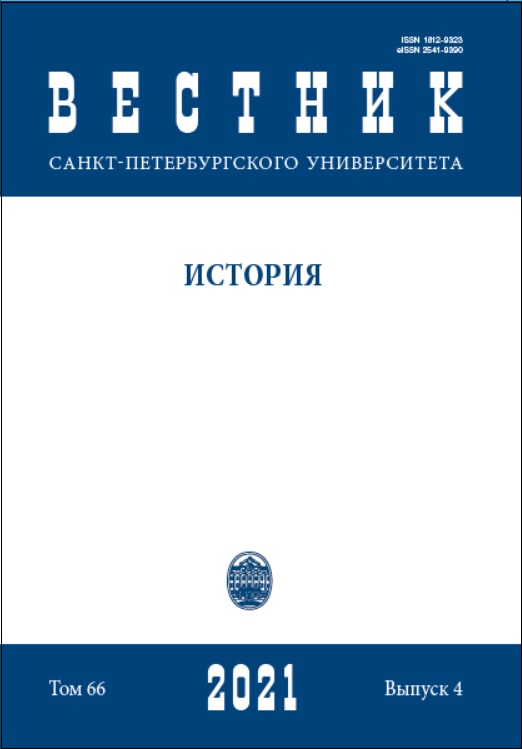Metal casting inventory in the Bronze Age burials in Europe
DOI:
https://doi.org/10.21638/spbu02.2021.412Abstract
The article is devoted to the analysis of the finds of foundry inventory in the Bronze Age burials in Europe. Along with that, criteria of burials of metalworkers were revised. Complexes containing only metal moulder implements and auxiliary tools (suitable for used or with traces of usage) as professional attributes are supposed to be the ones of metalworkers. As a result of comparison of aspects and dynamics of this phenomena common and specific characteristics of Eastern Europe on the one side and Central and Western – on the other, were revealed. Burials with metal moulder inventory in Europe first appear in the Late Aeneolithic Age and exist in the Early Bronze Age. In the Middle Bronze Age this tradition was widespread on the South of Eastern Europe, especially among the Catacomb cultures. In Central and Western Europe, contrary, burials of metalworkers are almost totally absent in the Middle Bronze Age. Metal moulder inventory in funeral context emerges anew in Central and Western Europe in the Late Bronze Age. However, this finds are mostly located on the burial grounds and are not referred to the burials. In Eastern Europe only one Late Bronze Age complex with foundry inventory is known. Nevertheless, several of them were revealed in Transural, Western Siberia and Kazakhstan. These complexes are very different from the Middle Bronze Age burials of metalworkers. Overall, discrepancies in development of this phenomenon in the eastern and western European regions are related with their cultural development in course of the Bronze Age.
Keywords:
burials with production inventory, burials of metalworkers, metal casting inventory, East European Bronze Age, Bronze Age of Central and Western Europe
Downloads
Downloads
Published
How to Cite
Issue
Section
License
Articles of "Vestnik of Saint Petersburg University. History" are open access distributed under the terms of the License Agreement with Saint Petersburg State University, which permits to the authors unrestricted distribution and self-archiving free of charge.





